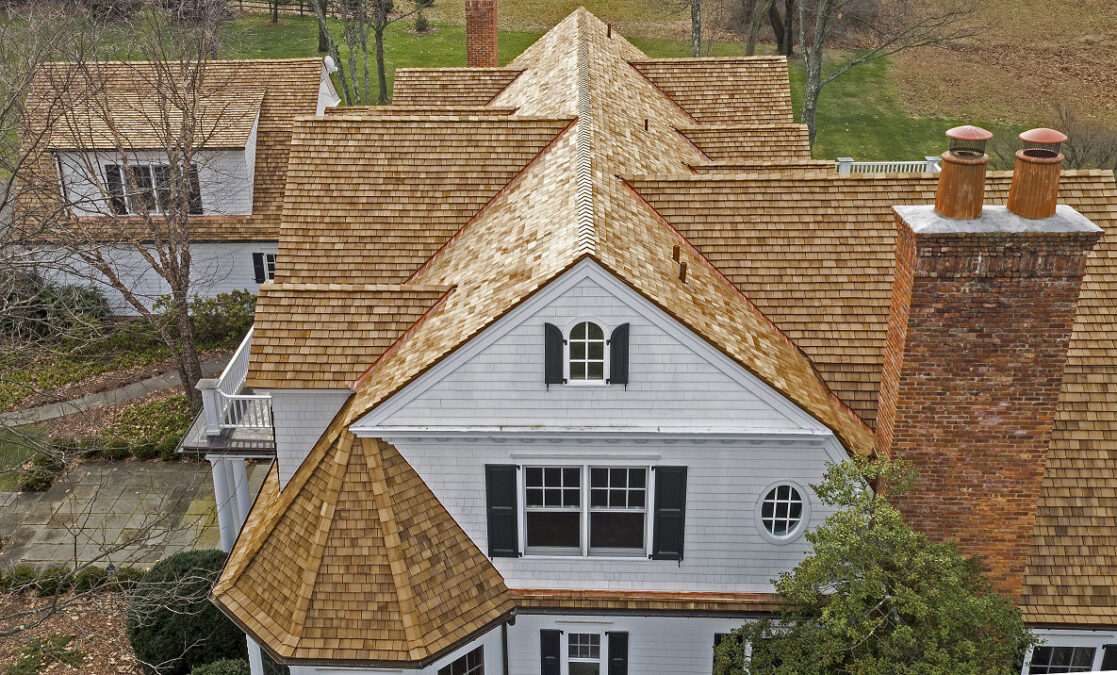Tom was in his living room when he noticed the faint yet unmistakable sound of dripping water. At first, he thought it was the faucet. But after checking the sink, he realized the sound was coming from the ceiling. It had rained the previous night, and now water was pooling on his hardwood floor. Dreading what he might find, Tom climbed into the attic, and sure enough, there was a damp patch near one of the pipes that vented through the roof.
The next day, he called a roofer to assess the damage. After inspecting the roof, the contractor pointed to a small, often overlooked component: the jack. It was cracked and deteriorating, which had allowed rainwater to seep through. Tom had never even heard of a roof jack, but now he realized how important this tiny piece of the roofing system was. As he learned more, he discovered that a properly maintained roof jack could prevent leaks, improve ventilation, and extend the life of his roof.
For many homeowners like Tom, roof jacks are an unknown but crucial element of a functioning roof. This article will explore roof jacks, why they’re essential for your home, the different types available, and how to maintain them to avoid costly damage.
What is a Roof Jack?
A roof jack is a flashing that seals the area where pipes, vents, or other objects penetrate the surface of a roof. Typically made of metal or rubber, roof jacks create a watertight seal around these penetrations to prevent water from entering the home. While they may seem minor, they are critical in protecting the roof structure and maintaining the home’s integrity.
Roof jacks are commonly used to seal vent pipes for plumbing, exhaust vents for kitchen or bathroom fans, and flue pipes for water heaters and furnaces. Without them, any gap where these pipes exit through the roof would allow rain, snow, and debris to enter, leading to leaks and potential water damage.
Why Roof Jacks Are So Important
- Preventing Water Damage
As Tom discovered, the primary function of a roof jack is to prevent water from entering the home. According to the National Roofing Contractors Association (NRCA), roof leaks caused by improper flashing, including roof jacks, are responsible for more than 90% of roof-related water damage issues [NRCA, 2020]. Because they seal areas where the roof has been penetrated, roof jacks are particularly vulnerable to wear and tear. Over time, the seal can degrade, leading to leaks if not properly maintained.
Water intrusion is one of the most common and damaging problems homeowners face. A report by the Insurance Information Institute found that water damage accounted for nearly 30% of all property damage claims in the United States in 2022, costing homeowners an average of $11,000 per claim [Insurance Information Institute, 2022]. Proper maintenance of roof jacks can help prevent these costly repairs.
- Ventilation and Efficiency
Roof jacks also play an important role in ensuring proper ventilation for plumbing and HVAC systems. Pipes that vent through the roof allow gases and moisture to escape from the home safely. Without roof jacks, water vapour and gases like carbon monoxide could be trapped inside, leading to safety and health concerns.
Moreover, proper ventilation can contribute to your home’s energy efficiency. According to Energy.gov, a well-ventilated home is more energy-efficient, and ensuring exhaust pipes are properly vented through the roof helps maintain indoor air quality [Energy.gov, 2021].
- Extending Roof Lifespan
A well-maintained roof jack not only prevents leaks but can also extend the overall lifespan of your roof. When water seeps into your roofing system, it can damage the underlying layers of the roof, such as the decking and insulation, leading to rot and mould growth. If left unchecked, this damage can compromise the roof’s structural integrity and require costly repairs or even a complete roof replacement.
The Roofing Alliance estimates that the average asphalt shingle roof should last 20 to 25 years. Still, poor maintenance of flashing and roof jacks can significantly shorten this lifespan, especially in regions with heavy rainfall or snowfall [Roofing Alliance, 2021].
Types of Roof Jacks
There are several types of roof jacks, each designed for specific purposes. Understanding the different types can help homeowners select the right home and roofing material option.
- Standard Pipe Boot
A pipe boot is one of the most common types of roof jacks. These are typically used for plumbing vent pipes that protrude through the roof. Made from rubber and metal, the boot fits snugly around the pipe, creating a watertight seal.
- Durability: Pipe boots generally last 10 to 15 years, but their lifespan can vary depending on exposure to the elements. The rubber component degrades under UV rays, leading to cracks over time.
- Cost: The average cost of a standard pipe boot is between $10 and $50, depending on the material and size, with professional installation costing around $200 to $300 [HomeAdvisor, 2023].
- Adjustable Roof Jacks
Adjustable roof jacks are designed to accommodate pipes and vents installed at non-standard angles. They feature adjustable flashing that can be customized to fit different roof pitches, ensuring a tight seal even on more complex roofing systems.
- Durability: Adjustable jacks are often made from metal, such as aluminium or galvanized steel, making them more durable than rubber-based boots. With proper maintenance, they can last up to 25 years or more.
- Cost: Adjustable roof jacks are more expensive, ranging from $30 to $100, depending on the material and size. Installation costs vary but generally range from $250 to $400 [Angi, 2022].
- Metal Roof Jacks
For homes with metal roofing, specialized roof jacks made from metals like copper or galvanized steel ensure compatibility with the roofing material. These roof jacks are designed to withstand extreme weather conditions and last longer than standard rubber boots.
- Durability: Metal roof jacks can last as long as the roof, often 40 to 50 years, depending on the material. Copper jacks, for instance, are known for their longevity and resistance to corrosion.
- Cost: Metal roof jacks can be more expensive, with copper versions ranging from $100 to $300 per unit. Installation costs can run upwards of $500 due to the specialized labor required [Metal Roofing Alliance, 2022].
Maintenance Tips for Roof Jacks
Maintaining your roof jacks is essential to ensuring the longevity of your roofing system. Here are some key tips to keep them in good shape:
- Regular Inspections: Roof jacks should be inspected at least twice yearly, particularly after major storms or severe weather events. Look for signs of wear, such as cracks in the rubber or rust on metal components.
- Sealant Application: The sealant around the roof jack may deteriorate over time. Reapplying roof sealant can help reinforce the watertight seal and prevent leaks.
- Replacement: If a roof jack shows significant wear or damage, it’s best to replace it before water intrusion occurs. A professional roofer can assess the condition and recommend the right action.
- Check Ventilation: Ensure that the pipes and vents sealed by the roof jack are functioning properly. Blocked or improperly vented pipes can lead to moisture buildup inside the home.
How Roof Jacks Impact Home Value
Investing in quality roof jacks and keeping them well-maintained can also impact your home’s value. According to a report by Remodeling Magazine, roofing upgrades—including replacing flashing and roof jacks—can provide an 85% return on investment when selling a home [Remodeling Magazine, 2023]. Potential buyers are often concerned about the roof’s condition, and knowing that these small yet crucial components are in good shape can provide peace of mind.
Conclusion: Don’t Overlook the Small Things
For homeowners like Tom, dealing with a leaky roof highlighted the importance of maintaining every aspect of the roofing system, including the often-overlooked roof jack. By ensuring that roof jacks are in good condition, you can protect your home from water damage, improve ventilation, and even extend the lifespan of your roof. Whether you’re undergoing a roof replacement or want to prevent future problems, paying attention to the health of your roof jacks can save you time, money, and frustration in the long run.















